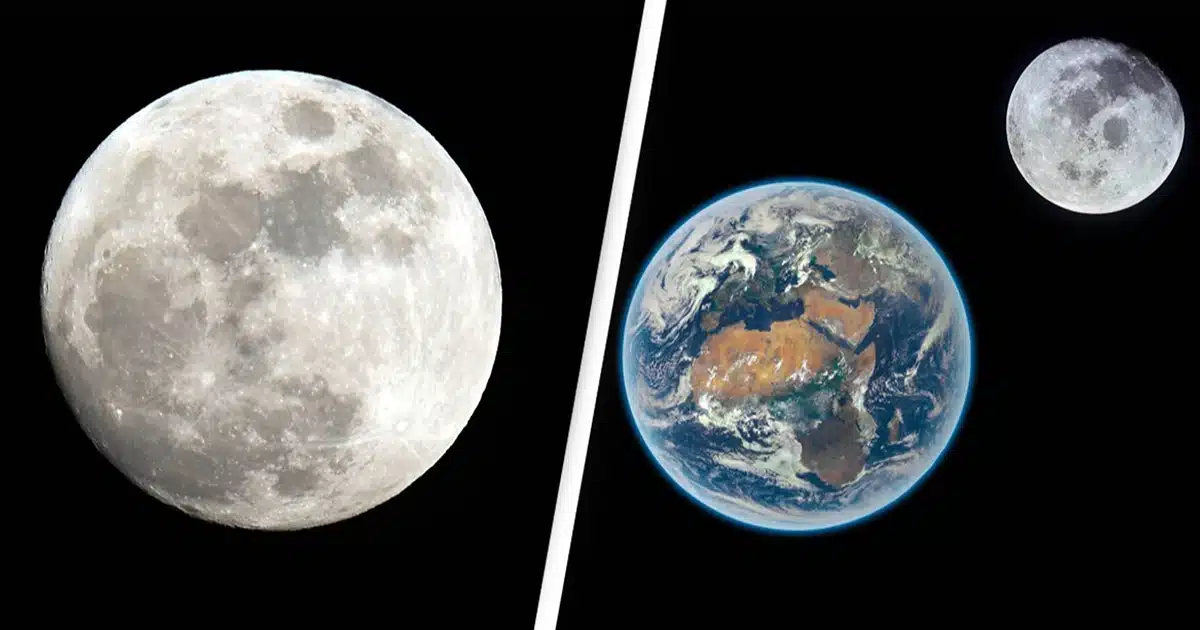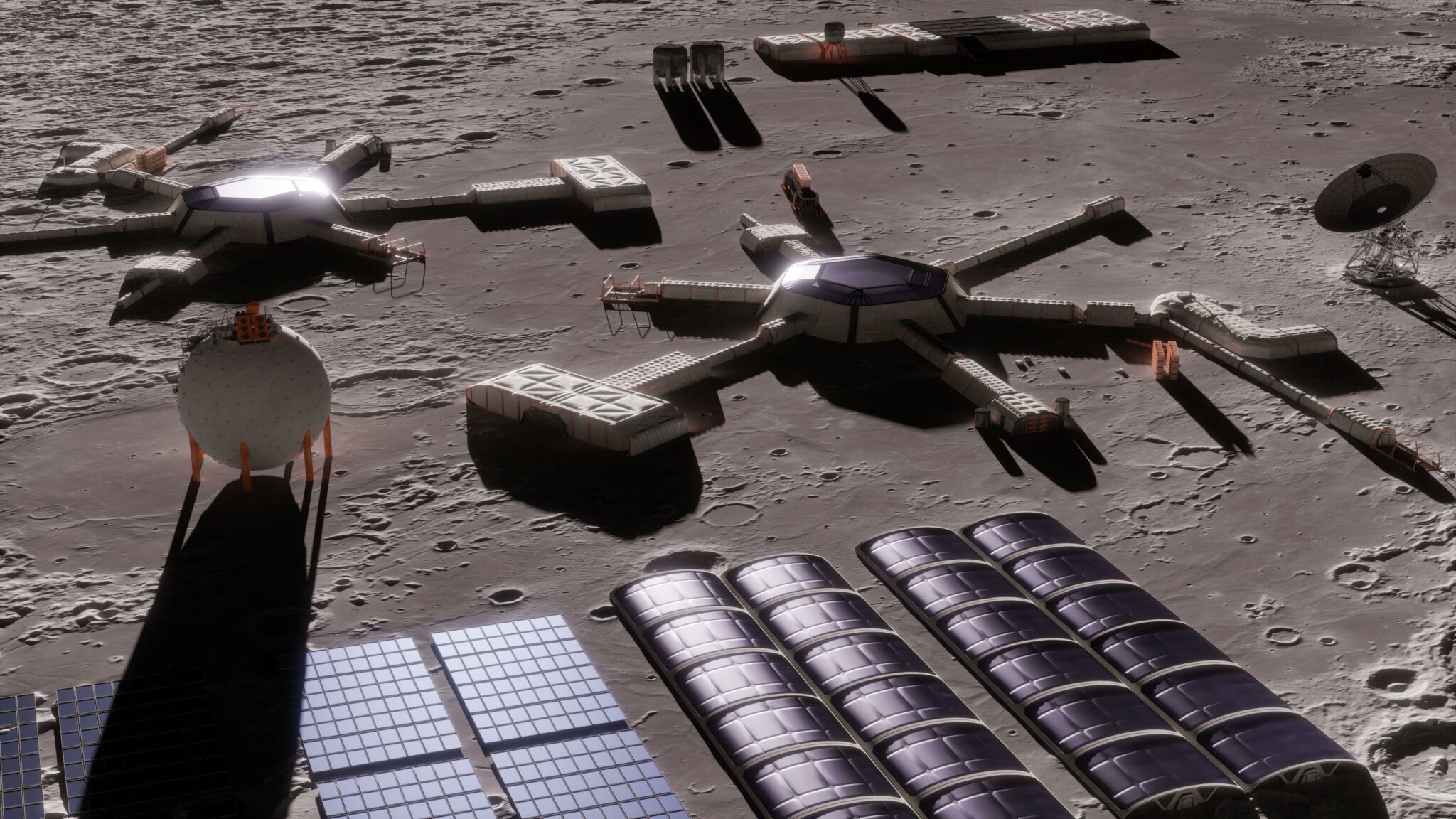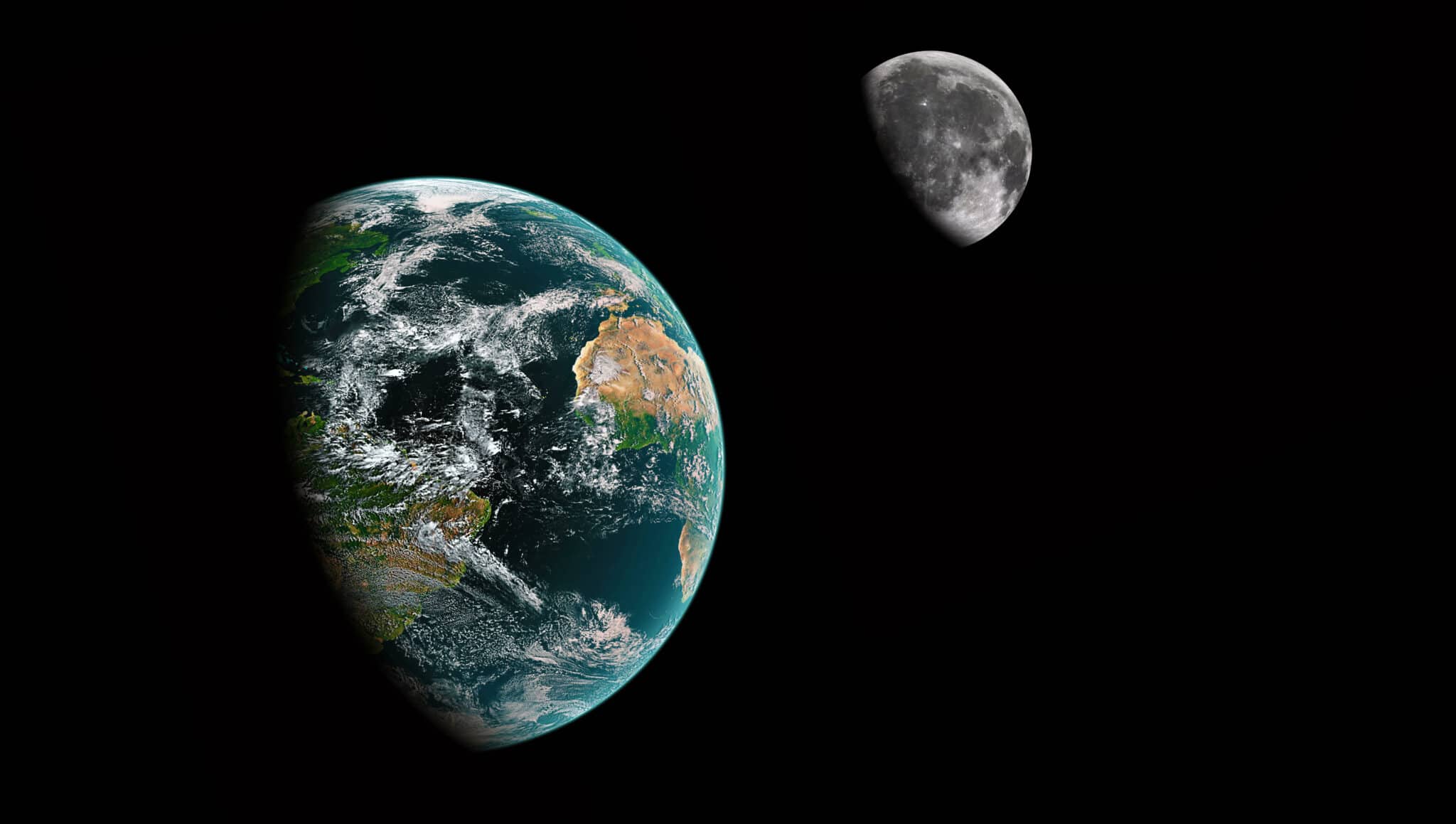Even though it moves very slowly, the Moon is getting farther away from the Earth every year.
You might think that our Moon is always there in the night sky, watching over us and bringing us light from the sun even when it’s dark, but it looks like our dear old Moon is getting farther away.
People have always looked up at the Moon and wondered what it’s like there. Thanks to the work of brave pioneers and amazing scientific progress, we’ve been able to send people there.
Now, people are paying more attention to the Moon because we might be able to live there one day. If we do try to set up colonies in space, this could cause problems between countries that want to claim different parts of the Moon as their territory.
NASA is even giving out contracts for the creation of technology that will let us build homes and roads on the its surface.
But the people who live there might want to make sure that their trip back to Earth doesn’t take too long.
Scientists have found that the Moon is slowly moving away from the Earth at a rate of 3.8cm per year. If we told you that, you might think we are luna-tic.
It’s not very moon-like to think that it is trying to get rid of us, but NASA says that’s what it’s been doing. Since the Moon is 4.5 billion years old, it seems like it’s been trying to get rid of us for a long time.
NASA was able to figure out the distance between Earth and the Moon because of the reflective panels that were put on the Moon during the Apollo mission in 1969.
But Professor Joshua Davies of the Université du Québec à Montréal, research associate Margriet Lantink of the University of Wisconsin-Madison, and their colleagues from Utrecht University and the University of Geneva say that this is a “poor guide for the past.”
They say that if the Moon’s rate of shrinking had always been the same, it would have crashed into Earth about 1.5 billion years ago. Since the Moon is three times older than that, this is impossible.
The science part is that it has to do with something called “Milankovitch cycles,” in which small changes in the Earth’s orbit around the Sun change how much sunlight the planet gets.
These cycles can have a big impact on the climate of our planet and leave clues in the ground. Scientists can measure the Earth’s “wobble” and figure out how far away the Moon was a very long time ago by looking at old sediment.
They found that the Moon was about 60,000 km closer to Earth 2.46 billion years ago than it is now. This would have made the days on Earth 17 hours long.











